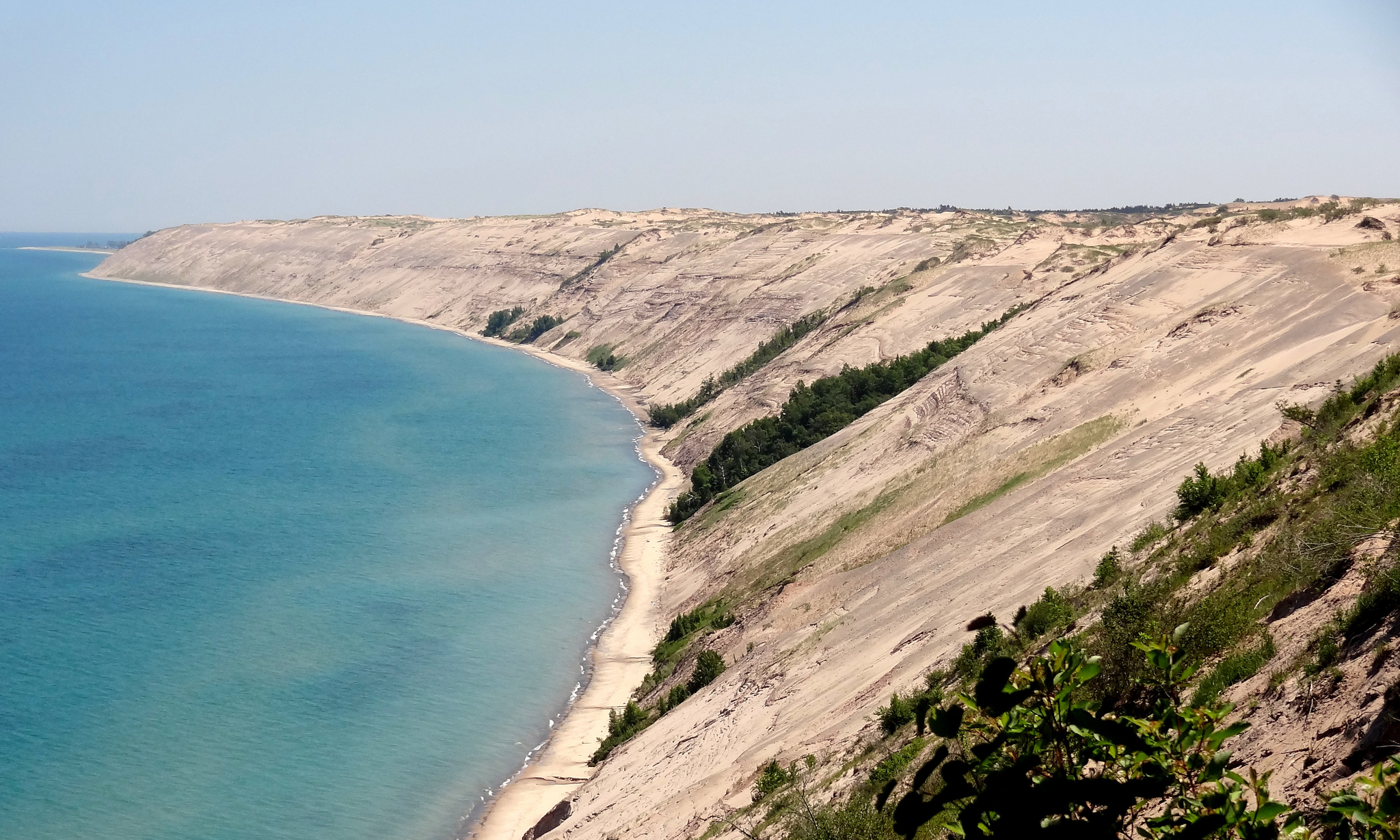Yale 360:
“As temperatures rise, the world’s iconic northern lakes are undergoing major changes that include swiftly warming waters, diminished ice cover, and outbreaks of harmful algae. Now, a global consortium of scientists is trying to assess the toll.
Baikal is just one of many large lakes worldwide showing signs of rapid change as a result of rising temperatures. Majestic water bodies like Baikal and North America’s Lake Superior are integral to regions such as Siberia and the Great Lakes, playing a key role in transport, fisheries, and tourism. They also store the bulk of our planet’s liquid freshwater. But the lake-rich northern latitudes, where the majority of these vital resources lie, are the fastest-warming regions on earth.
More than three in four large lakes above the 40th parallel north, roughly the latitude of New York City and Madrid, have undergone summer surface temperature increases of 2.7 F or higher from 1985 to 2009, a new international research collaboration finds. Some lake temperatures rose more than twice that amount. Nearly all have experienced retreating winter ice, a loss that can interfere with internal circulation, reduce oxygen, and help create fertile breeding grounds for harmful algae. These changes, which appear to be accelerating, have potentially profound consequences for water supply, food, and aquatic life. ”


